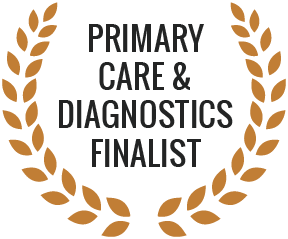It is recommended that you come in to our mole clinic annually for a full body mole check by a qualified dermatologist, & more frequently if you are at high risk. You can also come in any time you notice a mole or lesion that you are concerned about, including any skin lesion that does not heal. Skin cancers including melanoma are much easier to treat when caught early, which also prevents the possibility of them spreading, so please do not hesitate to make an appointment.
Definition
Our mole clinic gives you professional dermatological advice regarding any new or changing moles, & allows you to have a full body skin check where all of your moles are evaluated for potential risks. Most NHS GPs are not trained to recognise & diagnose skin cancer, so it is important to get your moles checked by a specialist, particularly if you are in a high-risk group (fair skin, history of sunburn, family history of skin cancer).
Symptoms
Most moles are harmless, & do not indicate a risk for cancer. Safe moles share some common features, such as:
- Neat, even edges
- Dome-shaped or smooth surface
- Relatively small (around 6mm in diameter)
- Maintain their shape, size & colour
It is a good idea to be aware of the size & location of the moles on your body, so that you can be aware of any changes. New moles appearing on your body, or changes to moles that you have had for a long time, can be signs of skin cancer & always call for a visit to a dermatologist.
There are a few warning signs to be aware of regarding moles. Any of these factors can be an indication of cancer:
- Change in size (e.g. getting bigger)
- Change in shape (e.g. irregular edges)
- Change in colour (especially darker or multiple shades)
- Change in elevation (where the mole becomes thicker)
- Itchiness
- Soreness or pain
- Bleeding, scabbing, or crusting
- Inflammation, redness
The ABCDE key can be a helpful tool for remembering the key points regarding mole changes.
- A for Asymmetry
- B for Border irregularity
- C for Colour
- D for Diameter
- E for Elevation
If you have experienced any changes to your moles along these lines, please make an appointment to see a dermatologist & get checked out. Even if it doesn’t seem like anything serious, it is always better to be on the safe side, as irregular moles can indicate early stage melanoma, an aggressive form of skin cancer.
If you are at high risk of skin cancer, it is advised that you have your moles checked regularly whether or not you have noticed anything unusual, as the dermatologist will be able to spot anything that you have missed or that is not visible to you (such as moles on the back or backs of the legs).






















